This article was co-authored by Matt Garcia. Matt Garcia is an experienced phlebotomist in Vancouver, Canada. He holds a Diploma in Medical Laboratory Assistance and is certified under the British Columbia Society of Laboratory Science. He previously worked in a high-volume outpatient lab and is currently employed in an acute care hospital and Level III trauma center in downtown Vancouver.
This article has been viewed 47,021 times.
If you're a student of the medical or health sciences field, you'll be introduced to the world of medical language. At first glance, the jargon that medical professionals use to describe body parts and organs, procedures, and conditions can seem a bit daunting and intimidating, but is easy to pick up and master over time. See Step 1 to learn the basics of linguistics and understand medical terminology.
Steps
-
1Obtain and use a medical dictionary. This step is optional, but highly recommended for breaking down medical jargon that many people are initially unfamiliar of. These dictionaries give the meanings to the word parts and can translate medical-language-to-English and vice versa.
-
2Get to know the basic word parts. The first part of deciphering a medical term is to know the different components of a term.[1]
- Root: the essential meaning of the word.
- Combining form: a root with a vowel attached to it, most commonly the letter O. This vowel is known as the combining vowel because it combines the root with the rest of the term. When writing the combining form itself, a slash ( / ) is used to separate the root and combining vowel. As long as the combining vowel links the parts together, a word can have multiple roots.[2]
- Suffix: the end of the term that gives part of the word's meaning.[3]
-
Prefix: appears at the beginning of some words to modify its meaning.
- Example 1: CARDIOLOGY means study of the heart. cardi/o is the combining form (cardi + o), and -logy is the suffix.
- Example 2: POLYNEUROPATHY means disease of many nerves. poly- is the prefix, neur/o is the combining form (neur + o), and -pathy is the suffix.
Advertisement -
3Understand the rules that govern the use of combining vowels.
- If a suffix starts with a vowel, drop the combining vowel.
- Example 1: NEURAL means pertaining to the nerves. neur/o is the combining form and -al is the suffix. Because the suffix starts with a vowel, the combining vowel is dropped.
- When using multiple roots, keep the combining vowels even if the second root begins with a vowel.
- Example 2: GASTROENTEROLOGIST means a doctor specializing in the stomach and intestines. gastr/o is the first combining form, enter/o is the second, and -logist is the suffix. Note that both combining vowels are present.
- If a suffix starts with a vowel, drop the combining vowel.
-
4To get the meaning of a word, read it from the suffix to the beginning and then across. In other words, read the suffix first, then the prefix if there is one, and finally the root.
- Example 1: HEMATOLOGY, -logy (study of) + hemat/o (blood) = study of the blood
- Example 2: HEPATITIS, -itis (inflammation of) + hepat/o (liver) = inflammation of the liver
- Example 3: INTRAVENOUS, -ous (pertaining to) + intra- (within) + ven/o (vein) = pertaining to within a vein
- Example 4: TACHYCARDIA, -ia (condition of) + tachy- (fast) + cardi/o (heart) = condition of a fast heartbeat
-
5To make a word, infer the meanings of various word parts and combine them to make a term.[4]
- Example 1: Removal of the uterus = HYSTERECTOMY, -ectomy (removal, excision) + hyster/o (uterus)
- Example 2: Pertaining to within a muscle = INTRAMUSCULAR, -ar (pertaining to) + intra- (within) + muscul/o (muscle)
- Example 3: Cancerous tumour = CARCINOMA, -oma (tumour) + carcin/o (cancerous)
- Example 4: Condition of an overactive thyroid gland = HYPERTHYROIDISM, -ism (condition, process) + thyroid/o (thyroid gland) + hyper- (higher-than-normal)
-
6Practice proper pronunciation. In the medical world, correct pronunciation is not only important for maintaining your professionalism, but it also helps to prevent misinterpretation and confusion caused by differing pronunciations. There are many words that have unique pronunciations. You may find that how you read a word in your mind isn't how it's supposed to sound like. The following is a brief list of words and their intended pronunciations; boldface capitals indicates the syllable that is stressed:
- arthroscopy: ar-THROS-ko-pe
- atrophy: AT-ro-fe
- biopsy: BI-op-se
- electroencephalogram: e-lek-tro-en-SEF-ah-lo-gram
- erythrocyte: eh-RITH-ro-site
- hematoma: he-mah-TOH-mah
- hypertrophy: hi-PER-tro-fe
- laryngeal: lah-RIN-je-al or lah-rin-JE-al
- metastasis: meh-TAS-ta-sis
- oophorectomy: oh-of-oh-REK-to-me or oh-oh-for-EK-to-me
- relapse: reh-LAPS
- tachypnea: ta-KIP-ne-ah
-
7Don't get confused over similar word parts and terms. Some word parts and terms are similar in both spelling and pronunciation but opposite in meaning. It's important to differentiate between these to avoid a misleading, possibly harmful diagnosis or treatment plan in your career.[5] Examples of these are:
- hyper- (higher-than-normal) and hypo- (lower-than-normal)
- sarc/o (flesh) and sacr/o (sacrum)
- -tomy (incision, cutting into), -ectomy (excision, removal of), and -stomy (opening)
- -plasia (formation), -phagia (eating or swallowing), and -phasia (speech)
- hematuria (blood in the urine) and uremia (high levels of urea in the blood)
- Menorrhea (normal menstrual flow) and menorrhagia (abnormally heavy menstruation)
References
- ↑ https://aimseducation.edu/blog/how-to-learn-medical-terminology
- ↑ https://medlineplus.gov/medwords/Tutorial_Understanding_Medical_Words.pdf
- ↑ https://www.merckmanuals.com/home/resourcespages/medical-terms
- ↑ https://openmd.com/guide/medical-terminology
- ↑ https://medlineplus.gov/medwords/Tutorial_Understanding_Medical_Words.pdf
- Chabner, D. (2014). "Medical Terminology: A Short Course (7th edition)". ISBN 978-1-4557-5830-2
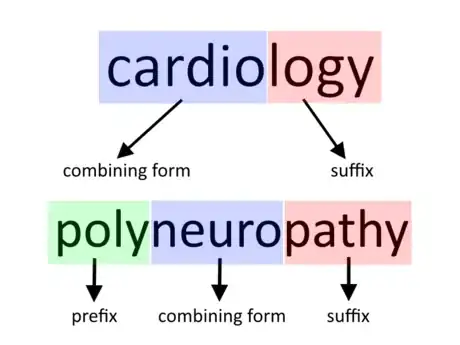
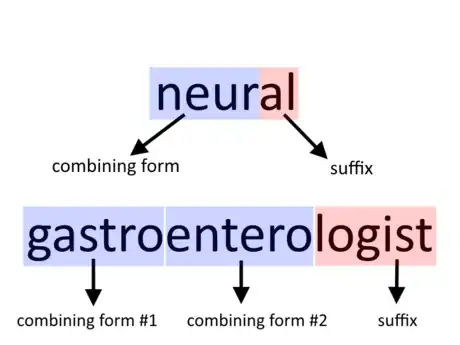
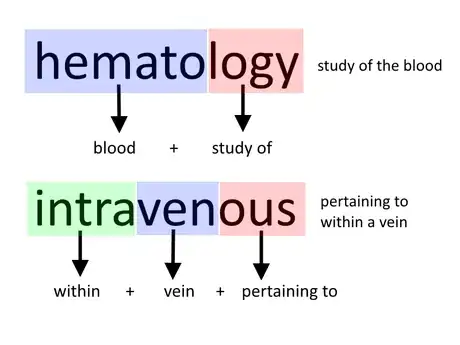

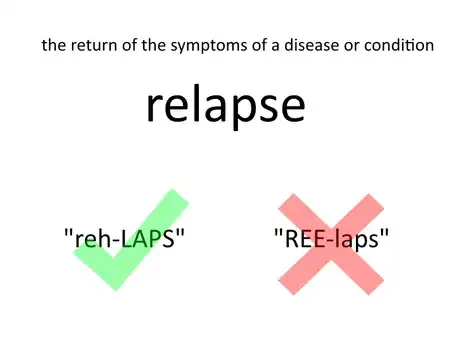
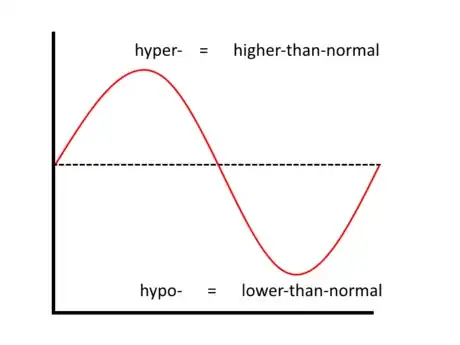


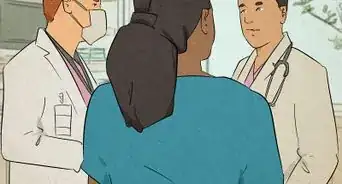
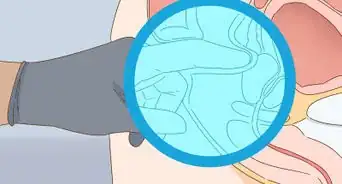





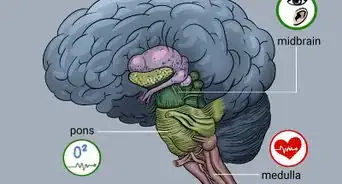

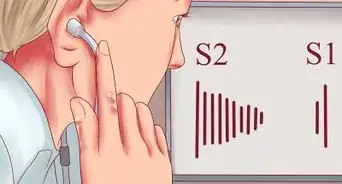










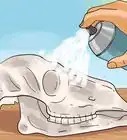
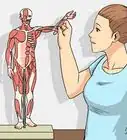
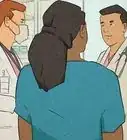




































Medical Disclaimer
The content of this article is not intended to be a substitute for professional medical advice, examination, diagnosis, or treatment. You should always contact your doctor or other qualified healthcare professional before starting, changing, or stopping any kind of health treatment.
Read More...